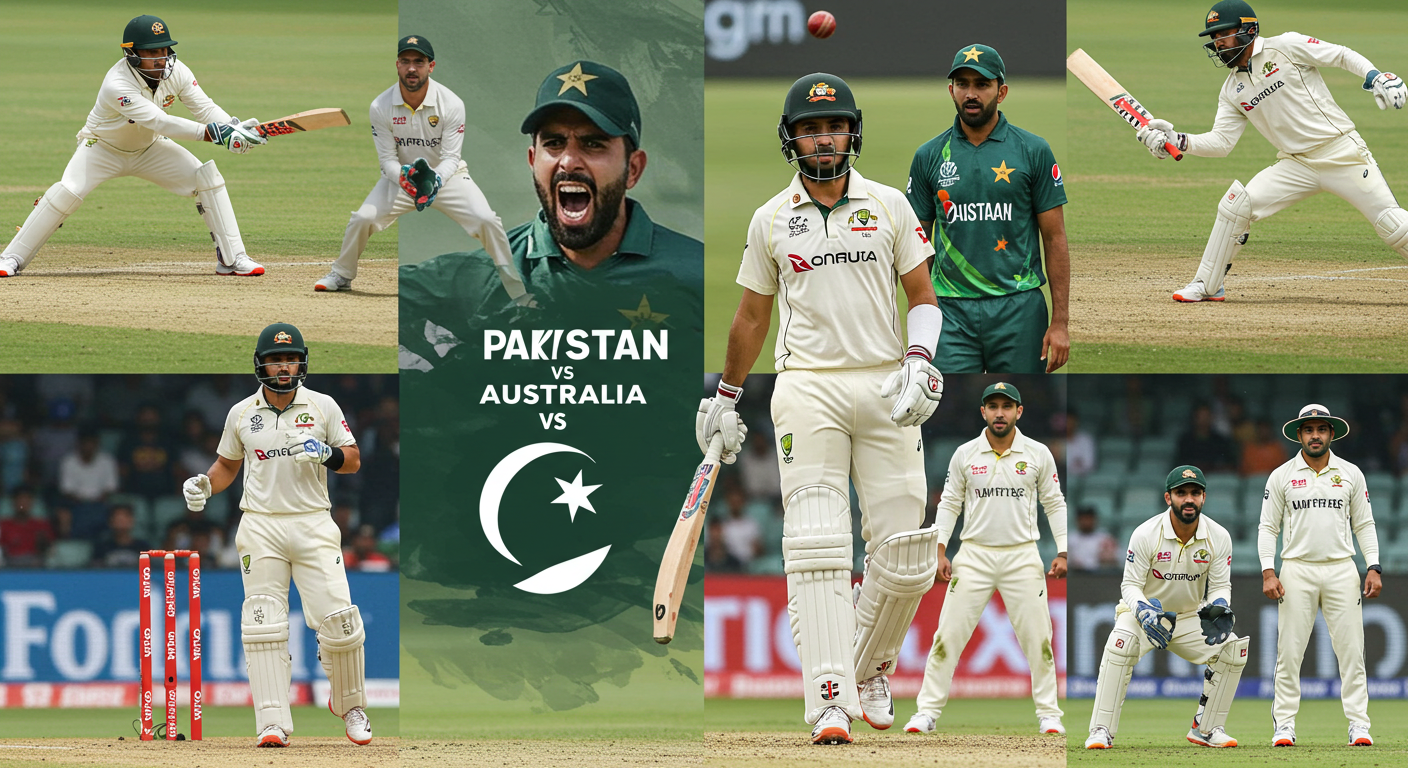PCB Pakistan Cricket Board: Navigating the Turbulent Waters of Pakistani Cricket

PCB Pakistan Cricket Board: Navigating the Turbulent Waters of Pakistani Cricket
Pakistan cricket, a sport deeply woven into the nation’s cultural fabric, has often faced tumultuous times. This article delves into the complexities of the Pakistan Cricket Board (PCB), examining its past triumphs, present challenges, and potential future pathways. From controversies to controversies, we analyze the strengths and weaknesses that shape the destiny of this esteemed cricketing institution.
The PCB’s influence extends far beyond the field, impacting not only the careers of Pakistani cricketers but also the economy and national pride. This in-depth analysis promises to give readers a comprehensive understanding of the PCB’s role in the grand narrative of Pakistani cricket.
A Legacy of Success and Setbacks
Pakistan’s cricket history is a captivating tapestry of triumphs and setbacks. From the golden era of Imran Khan’s captaincy to the more recent struggles, the PCB has navigated numerous challenges. Analyzing these historical events reveals crucial insights into the Board’s ongoing evolution.
Early victories fostered a passionate cricketing culture in Pakistan. However, these initial successes were often overshadowed by periods of instability and disputes. From the challenges faced by the administration to disagreements within the cricketing community, the PCB has constantly sought ways to improve its effectiveness.
The PCB’s Role in Shaping Pakistani Cricket
The PCB isn’t merely an administrative body; it’s a critical shaper of Pakistan’s cricketing landscape. From player selection and training programs to the management of domestic cricket and the organization of international matches, the PCB wields significant influence. Understanding the extent of this influence is crucial in grasping the complex interplay between administration, players, and fans.
This influence also extends to the development of grassroots cricket, ensuring a steady pipeline of talent into the national team. The role played by the PCB in shaping the careers of aspiring cricketers is a crucial element in the story.
Navigating the Challenges: Financial and Political Hurdles
The PCB has faced consistent financial pressures, which have at times compromised its ability to invest adequately in player development, infrastructure, and administrative reforms. These financial constraints often intertwine with the intricacies of Pakistani politics, creating a complex and at times difficult operating environment.
Political interference and pressures have consistently been a major factor impacting the PCB’s decisions and direction. These political undercurrents highlight the need for greater autonomy and transparency within the governing body to ensure a neutral approach towards all aspects of cricket in Pakistan.
Furthermore, the PCB has sometimes faced criticisms regarding its management style and the accountability mechanisms in place. Implementing greater transparency and a more robust system of checks and balances is vital to fostering credibility and confidence.
Modernizing Cricket: Embracing Change
The PCB has recognized the imperative of adapting to the evolving landscape of international cricket. The introduction of new formats, such as T20 cricket, has presented new opportunities and challenges. The Board’s response to these shifts has been crucial in its efforts to remain competitive.
Implementing modern training methodologies and facilities has been another important area of focus for the PCB. This involves investing in world-class training programs, both for existing players and upcoming talent, as well as supporting innovative coaching approaches.
The Road Ahead: A Sustainable Future
A crucial question remains: how can the PCB ensure a sustainable future for Pakistani cricket? Reforming internal governance structures, prioritizing player welfare, and investing in facilities are essential steps.
Building strong and lasting relationships with cricket boards globally is also paramount to maintaining Pakistan’s reputation on the international stage.
The PCB faces significant challenges, but its ultimate success hinges on fostering a culture of transparency, accountability, and player development. The need for improved governance and financial stability is critical to achieving long-term success.
Conclusion
The Pakistan Cricket Board stands at a crossroads. The future success of Pakistani cricket depends on the board’s ability to effectively address these challenges and adapt to the ever-evolving landscape of international cricket. The PCB has a unique opportunity to revitalize Pakistan’s cricketing heritage and create a lasting legacy for years to come. Will they seize the moment?
This journey of Pakistani cricket under the PCB’s stewardship is a compelling narrative reflecting the nation’s hopes, aspirations, and struggles. The PCB’s ability to navigate these turbulent waters will determine Pakistan’s future on the cricket stage.
The PCB’s story is not just one of cricket; it is a story of national pride, perseverance, and the pursuit of excellence.